Home>Furniture & Design>Interior Design Trends>What Drinks Go In A Coupe Glass
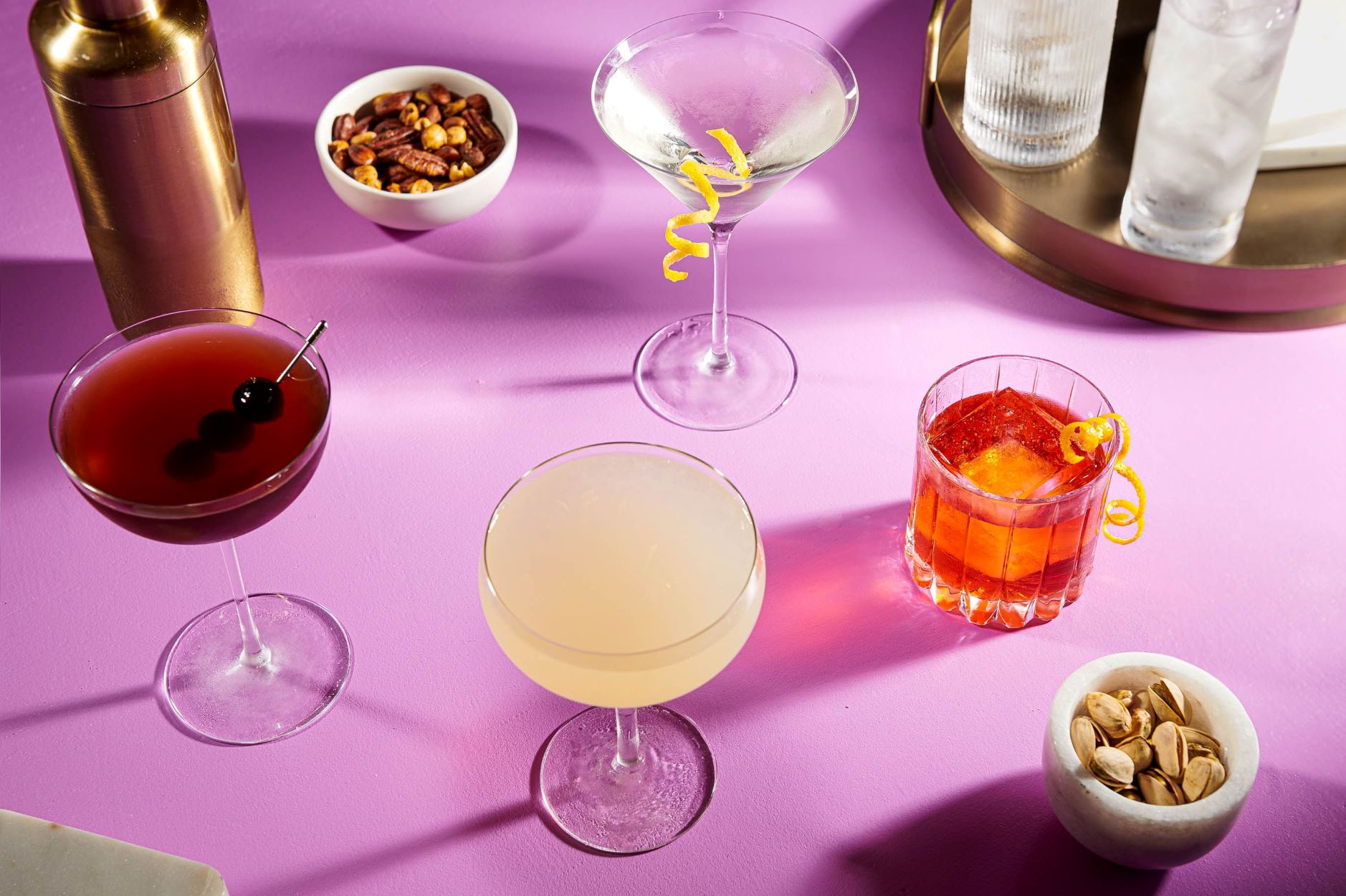

Interior Design Trends
What Drinks Go In A Coupe Glass
Modified: April 21, 2024
Discover the latest interior design trends for coupe glass drinks. Elevate your cocktail game with these stylish and sophisticated options.
(Many of the links in this article redirect to a specific reviewed product. Your purchase of these products through affiliate links helps to generate commission for Storables.com, at no extra cost. Learn more)
Introduction
The coupe glass, with its elegant and timeless design, has become a staple in the world of mixology and cocktail culture. This iconic glassware has a rich history and has evolved to accommodate a wide range of beverages, both alcoholic and non-alcoholic. From classic cocktails to modern concoctions, the coupe glass adds a touch of sophistication to any libation it holds.
As we delve into the world of coupe glasses, we will explore their history, characteristics, and the diverse array of beverages that are best enjoyed when served in these iconic vessels. Whether you are a seasoned mixologist, an avid cocktail enthusiast, or simply someone who appreciates the art of presentation, understanding the significance of the coupe glass and the drinks it complements is a delightful journey into the realm of beverage enjoyment.
Key Takeaways:
- The coupe glass, inspired by 17th-century luxury, is a timeless vessel for classic and modern cocktails, adding elegance and sophistication to the drinking experience.
- Its shallow bowl, delicate stem, and wide rim make the coupe glass a versatile choice for serving a variety of beverages, from classic cocktails to non-alcoholic mocktails, enhancing the visual appeal and sensory delight.
Read more: How To Hold A Coupe Glass
History of the Coupe Glass
The history of the coupe glass is a fascinating journey that dates back to the 17th century. Originally known as a "coupe de champagne," the coupe glass was first crafted in England during the Restoration period. Its design was inspired by the shallow shape of a woman's bosom, and it quickly gained popularity as a vessel for serving sparkling wine and champagne. The wide, shallow bowl of the coupe glass was believed to showcase the effervescence of the bubbly, creating a visually stunning presentation.
As the coupe glass gained prominence in European aristocratic circles, it became synonymous with luxury and opulence. However, its association with champagne eventually waned as the design of the glass posed challenges in maintaining the carbonation of the effervescent beverage. This led to the rise of the flute glass as the preferred vessel for serving champagne, relegating the coupe glass to a new role in the world of mixology.
In the early 20th century, the coupe glass found a new purpose as a staple in cocktail culture during the golden age of cocktails. Its broad, shallow bowl and delicate stem made it an ideal choice for serving a variety of mixed drinks, from classic cocktails to modern libations. The coupe glass exuded an air of sophistication and elegance, becoming a symbol of refined taste and style.
Despite its enduring popularity, the coupe glass faced a period of decline in the mid-20th century, as trends in glassware favored more practical and functional designs. However, the resurgence of craft cocktails and a renewed interest in vintage aesthetics brought the coupe glass back into the spotlight. Today, it is celebrated as a timeless and versatile piece of glassware that adds a touch of glamour to any beverage it holds.
The history of the coupe glass is a testament to its enduring allure and adaptability. From its origins as a vessel for champagne to its evolution as a beloved icon in cocktail culture, the coupe glass continues to captivate enthusiasts with its rich heritage and timeless appeal.
Characteristics of a Coupe Glass
The coupe glass is distinguished by its unique and elegant characteristics, making it a beloved choice for serving a wide array of beverages. Its defining features contribute to both the visual appeal and the drinking experience, making it a versatile and iconic piece of glassware.
1. Shallow Bowl:
The most prominent characteristic of a coupe glass is its shallow, broad bowl. This design allows for an expansive surface area, perfect for showcasing the colors, textures, and garnishes of the beverages it holds. Whether it's the vibrant hues of a classic cocktail or the intricate layers of a modern mixology creation, the shallow bowl of the coupe glass accentuates the visual allure of the drink.
2. Delicate Stem:
Coupe glasses are often adorned with delicate stems, adding a touch of refinement and sophistication to their appearance. The slender stem not only elevates the aesthetic appeal of the glass but also serves a practical purpose by allowing the drink to be held without warming its contents. This feature enhances the overall drinking experience, ensuring that the beverage remains at an optimal temperature.
Read more: What Is Coupe Dinnerware?
3. Wide Rim:
Another characteristic of the coupe glass is its wide rim, which provides ample space for garnishes and aromatic elements. Whether it's a citrus twist, a fragrant herb sprig, or an artfully placed edible flower, the wide rim of the coupe glass accommodates these embellishments, enhancing the sensory experience of the drink.
4. Versatility:
The coupe glass's versatility is a defining characteristic that sets it apart from other types of glassware. While it is commonly associated with serving cocktails, its adaptability extends to a variety of beverages, including champagne, sparkling wine, dessert wines, and non-alcoholic drinks. This versatility makes the coupe glass a go-to choice for both professional mixologists and home entertainers seeking to elevate their beverage presentation.
5. Timeless Elegance:
Beyond its physical attributes, the coupe glass exudes an aura of timeless elegance. Its classic silhouette and association with vintage glamour evoke a sense of nostalgia while remaining relevant in contemporary cocktail culture. The allure of the coupe glass lies in its ability to seamlessly blend the nostalgia of the past with the sophistication of the present, making it a cherished symbol of refined taste and style.
In essence, the characteristics of a coupe glass encompass its visual appeal, practical functionality, and timeless allure, making it an indispensable vessel for serving an array of beverages with grace and sophistication.
Classic Cocktails Served in a Coupe Glass
The coupe glass has long been associated with classic cocktails, serving as the vessel of choice for iconic libations that have stood the test of time. Its elegant silhouette and historical significance make it the perfect canvas for presenting these timeless concoctions. Here are some classic cocktails that are traditionally served in a coupe glass:
Read more: What Happens If You Drink Glass Cleaner
1. Martini
The Martini, a quintessential cocktail synonymous with sophistication and refinement, is often served in a coupe glass. Whether it's a classic gin Martini or a modern vodka variation, the wide bowl of the coupe glass allows the drinker to savor the aromas of the vermouth and the botanical nuances of the gin or vodka. The Martini's simple yet elegant presentation in a coupe glass enhances the overall drinking experience, making it a timeless choice for cocktail enthusiasts.
2. Sidecar
The Sidecar, a classic sour cocktail featuring cognac, orange liqueur, and lemon juice, finds its home in a coupe glass. The wide rim of the glass provides ample space for a sugared rim, adding a delightful touch of sweetness to each sip. The Sidecar's golden hue and citrusy aroma are beautifully showcased in the coupe glass, elevating the visual and olfactory appeal of this beloved classic.
3. Daiquiri
The Daiquiri, a refreshing and tangy cocktail composed of rum, lime juice, and simple syrup, is traditionally served in a coupe glass. The shallow bowl of the glass accentuates the Daiquiri's pale green hue, while the wide rim allows for the addition of a lime wheel or twist as a garnish. The coupe glass enhances the presentation of the Daiquiri, inviting the drinker to indulge in its tropical flavors with every sip.
4. Manhattan
The Manhattan, a timeless blend of whiskey, sweet vermouth, and bitters, is often elegantly presented in a coupe glass. The coupe's delicate stem and wide bowl complement the rich, amber tones of the Manhattan, creating a visually striking cocktail. The coupe glass not only showcases the drink's deep color but also allows the aromas of the whiskey and vermouth to unfold, heightening the sensory experience for the discerning imbiber.
Read more: How To Store Drinking Glasses
5. Aviation
The Aviation, a classic gin-based cocktail featuring violet liqueur and lemon juice, is traditionally served in a coupe glass. The coupe's wide bowl beautifully displays the cocktail's pale lavender hue, while the delicate stem allows the drinker to hold the glass comfortably without warming the libation. The Aviation's presentation in a coupe glass reflects its vintage charm and adds an air of sophistication to this timeless cocktail.
In summary, the coupe glass serves as a fitting vessel for classic cocktails, enhancing their visual appeal and contributing to a refined drinking experience. These iconic libations find their perfect match in the coupe glass, a testament to its enduring role in the world of mixology.
Modern Cocktails Served in a Coupe Glass
In contemporary mixology, the coupe glass has transcended its historical roots and become a favored vessel for presenting modern and innovative cocktails. Mixologists and bartenders have embraced the coupe glass as a canvas for showcasing creative libations that push the boundaries of flavor, presentation, and sensory delight. The sleek silhouette and timeless elegance of the coupe glass provide the perfect backdrop for these modern concoctions, adding a touch of sophistication to the drinking experience.
1. French 75
The French 75, a sparkling cocktail featuring gin, champagne, lemon juice, and sugar, has found a home in the coupe glass within modern cocktail culture. The effervescence of the champagne and the citrusy notes of the lemon juice are beautifully captured in the shallow bowl of the coupe glass, creating a visually captivating and refreshing libation. The French 75's modern interpretation in a coupe glass pays homage to its historical roots while embracing contemporary mixology techniques.
2. Elderflower Martini
The Elderflower Martini, a contemporary twist on the classic Martini featuring elderflower liqueur and premium vodka or gin, is often served in a coupe glass to accentuate its delicate floral notes and sophisticated profile. The wide rim of the coupe glass allows for the addition of edible flower garnishes, enhancing the drink's visual allure and aromatic appeal. The Elderflower Martini's presentation in a coupe glass reflects the modern palate's affinity for nuanced and elegant flavor combinations.
3. Smoked Maple Old Fashioned
The Smoked Maple Old Fashioned, a modern interpretation of the timeless Old Fashioned cocktail infused with smoky notes and rich maple syrup, is often presented in a coupe glass to elevate its sensory experience. The coupe glass showcases the cocktail's amber hue and allows the imbiber to savor the complex aromas that unfold with each sip. The Smoked Maple Old Fashioned's modern presentation in a coupe glass underscores the evolution of traditional cocktails into contemporary masterpieces.
4. Spiced Pear Bellini
The Spiced Pear Bellini, a modern variation of the classic Bellini featuring spiced pear puree and sparkling wine, is elegantly served in a coupe glass to highlight its seasonal flavors and effervescent effusion. The coupe glass accentuates the Bellini's enticing color and allows for the display of pear slice garnishes, adding a touch of visual sophistication to the libation. The Spiced Pear Bellini's modern interpretation in a coupe glass embodies the fusion of tradition and innovation in contemporary mixology.
5. Cucumber Basil Gimlet
The Cucumber Basil Gimlet, a contemporary take on the classic Gimlet infused with fresh cucumber and aromatic basil, is often presented in a coupe glass to showcase its vibrant green hue and herbal essence. The coupe glass's wide rim accommodates the addition of cucumber ribbons and basil leaves, enhancing the cocktail's visual appeal and aromatic complexity. The Cucumber Basil Gimlet's modern rendition in a coupe glass exemplifies the marriage of botanical freshness and modern cocktail presentation.
In the realm of modern mixology, the coupe glass serves as a versatile and sophisticated vessel for a diverse range of innovative cocktails. Its timeless charm and visual allure complement the artistry and creativity of contemporary libations, making it an essential component of the modern cocktail experience.
Non-Alcoholic Drinks Served in a Coupe Glass
The coupe glass, renowned for its association with classic and modern cocktails, also serves as an exquisite vessel for presenting non-alcoholic beverages. Its elegant design and versatile characteristics make it an ideal choice for showcasing a diverse array of alcohol-free libations that prioritize flavor, presentation, and sensory delight. From refreshing mocktails to artisanal concoctions, the coupe glass adds a touch of sophistication to non-alcoholic drinks, elevating the overall drinking experience for enthusiasts of all preferences.
Read more: What Side Does The Water Glass Go On
1. Sparkling Elderflower Mocktail
The Sparkling Elderflower Mocktail, a delightful blend of elderflower syrup, fresh citrus juices, and sparkling water, finds its perfect presentation in a coupe glass. The shallow bowl of the coupe glass accentuates the mocktail's effervescence, while the wide rim allows for the addition of delicate elderflower blossoms as a garnish. The Sparkling Elderflower Mocktail's elegant portrayal in a coupe glass reflects its refined flavor profile and celebrates the art of alcohol-free mixology.
2. Berry Basil Spritzer
The Berry Basil Spritzer, a vibrant and herbaceous concoction featuring muddled berries, basil-infused syrup, and soda water, is beautifully served in a coupe glass to highlight its colorful composition. The coupe glass's wide rim accommodates the placement of fresh berry and basil leaf garnishes, enhancing the visual appeal and aromatic essence of the spritzer. The Berry Basil Spritzer's presentation in a coupe glass embodies the fusion of seasonal flavors and artistic presentation in the realm of non-alcoholic beverages.
3. Citrus Mint Fizz
The Citrus Mint Fizz, a zesty and invigorating mocktail comprising freshly squeezed citrus juices, mint-infused simple syrup, and a splash of tonic water, is elegantly presented in a coupe glass to capture its refreshing essence. The coupe glass's delicate stem and wide bowl enhance the mocktail's visual allure, while the addition of citrus zest and mint sprigs on the rim adds a delightful aromatic dimension to the drink. The Citrus Mint Fizz's portrayal in a coupe glass exemplifies the harmonious balance of citrus brightness and herbal sophistication in non-alcoholic mixology.
4. Cucumber Lavender Elixir
The Cucumber Lavender Elixir, a botanical-infused elixir featuring cucumber juice, lavender syrup, and a hint of sparkling water, is artfully served in a coupe glass to showcase its delicate flavors and aromatic nuances. The coupe glass's wide rim allows for the placement of cucumber ribbons and lavender blossoms, enhancing the elixir's visual elegance and sensory appeal. The Cucumber Lavender Elixir's presentation in a coupe glass reflects the artistry and attention to detail that define the world of non-alcoholic libations.
Read more: What Side Does The Wine Glass Go On
5. Tropical Pineapple Paradise
The Tropical Pineapple Paradise, a luscious and exotic mocktail crafted with fresh pineapple juice, coconut water, and a splash of tropical fruit nectar, is presented in a coupe glass to capture its vibrant tropical essence. The coupe glass's wide bowl showcases the mocktail's golden hue, while the addition of pineapple wedges and edible orchid blooms on the rim adds a touch of tropical sophistication to the libation. The Tropical Pineapple Paradise's portrayal in a coupe glass embodies the spirit of indulgence and escapism in non-alcoholic mixology.
In the realm of non-alcoholic beverages, the coupe glass serves as a versatile and elegant vessel for presenting a wide range of mocktails, elixirs, and spritzers. Its timeless allure and visual appeal complement the artistry and creativity of alcohol-free mixology, making it an essential component of the non-alcoholic drinking experience.
Conclusion
In conclusion, the coupe glass stands as a symbol of timeless elegance and versatility in the realm of beverage presentation. From its origins as a vessel for champagne to its evolution as an iconic piece of glassware in cocktail culture, the coupe glass has transcended centuries with grace and sophistication. Its shallow bowl, delicate stem, wide rim, and timeless allure make it an indispensable choice for serving an array of beverages, both alcoholic and non-alcoholic.
The rich history of the coupe glass reflects its enduring allure and adaptability. As it transitioned from a symbol of luxury in European aristocratic circles to a staple in cocktail culture during the golden age of cocktails, the coupe glass has remained a beloved and cherished vessel for libations. Despite facing periods of decline, its resurgence in contemporary mixology and the renewed interest in vintage aesthetics have cemented its status as a timeless and versatile piece of glassware.
The characteristics of the coupe glass, including its visual appeal, practical functionality, and timeless elegance, make it an indispensable vessel for serving a diverse array of beverages with grace and sophistication. Whether it's the classic cocktails that have stood the test of time, modern mixology creations that push the boundaries of flavor and presentation, or non-alcoholic libations that prioritize artistry and sensory delight, the coupe glass adds a touch of refinement to every drinking experience.
In the world of classic cocktails, the coupe glass serves as the perfect canvas for iconic libations such as the Martini, Sidecar, Daiquiri, Manhattan, and Aviation, enhancing their visual appeal and contributing to a refined drinking experience. Similarly, in contemporary mixology, the coupe glass provides a sophisticated backdrop for modern cocktails that celebrate innovation and creativity, elevating the artistry of libations in the modern era.
Furthermore, the coupe glass extends its elegance to non-alcoholic beverages, presenting a wide range of mocktails, elixirs, and spritzers with grace and sophistication. Its timeless allure and visual appeal complement the artistry and creativity of alcohol-free mixology, making it an essential component of the non-alcoholic drinking experience.
In essence, the coupe glass continues to captivate enthusiasts with its rich heritage, timeless appeal, and adaptability, making it an iconic and cherished vessel for serving a diverse array of beverages. Whether in the hands of a seasoned mixologist or a home entertainer seeking to elevate their beverage presentation, the coupe glass remains a symbol of refined taste, style, and the art of indulgence.
Frequently Asked Questions about What Drinks Go In A Coupe Glass
Was this page helpful?
At Storables.com, we guarantee accurate and reliable information. Our content, validated by Expert Board Contributors, is crafted following stringent Editorial Policies. We're committed to providing you with well-researched, expert-backed insights for all your informational needs.
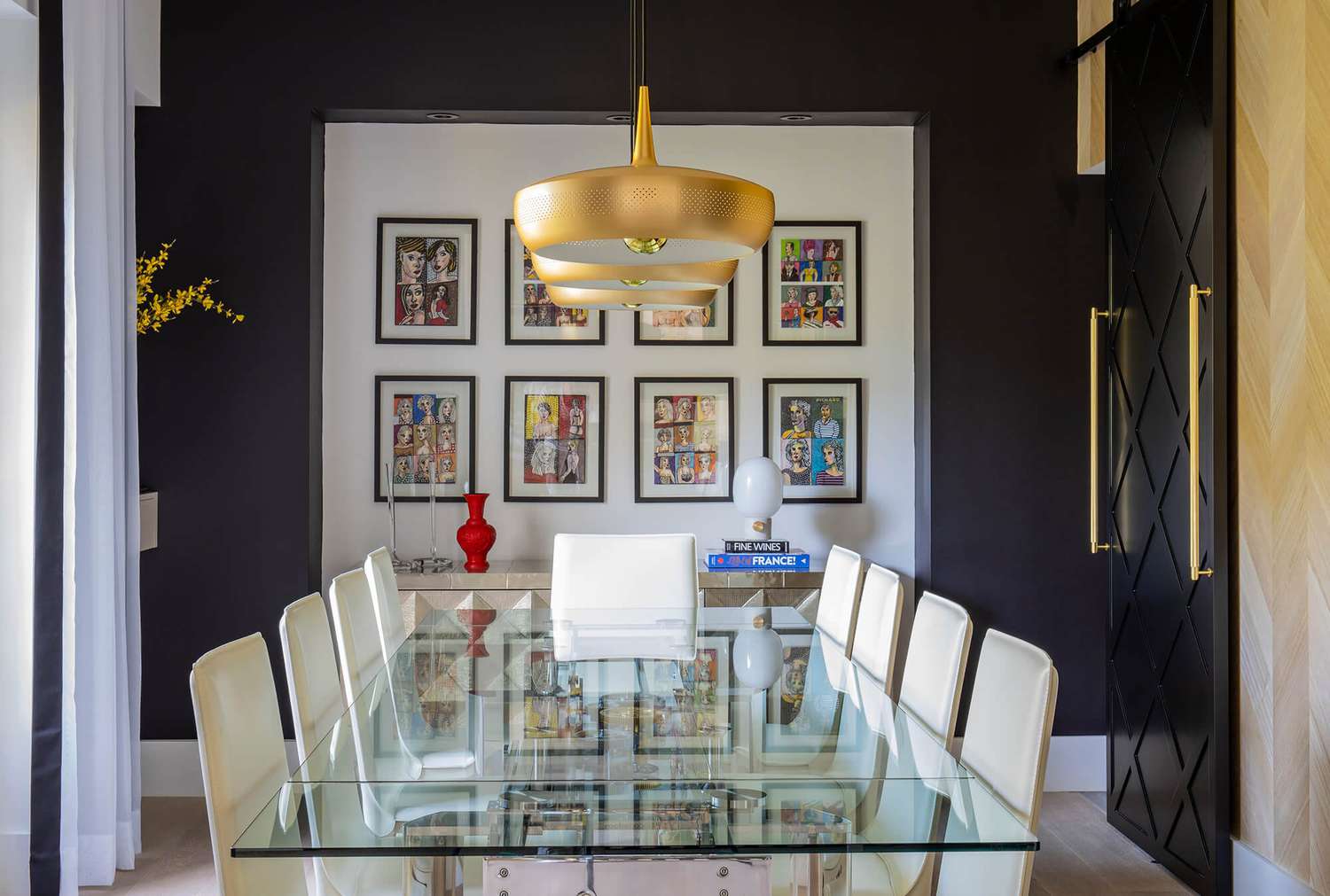
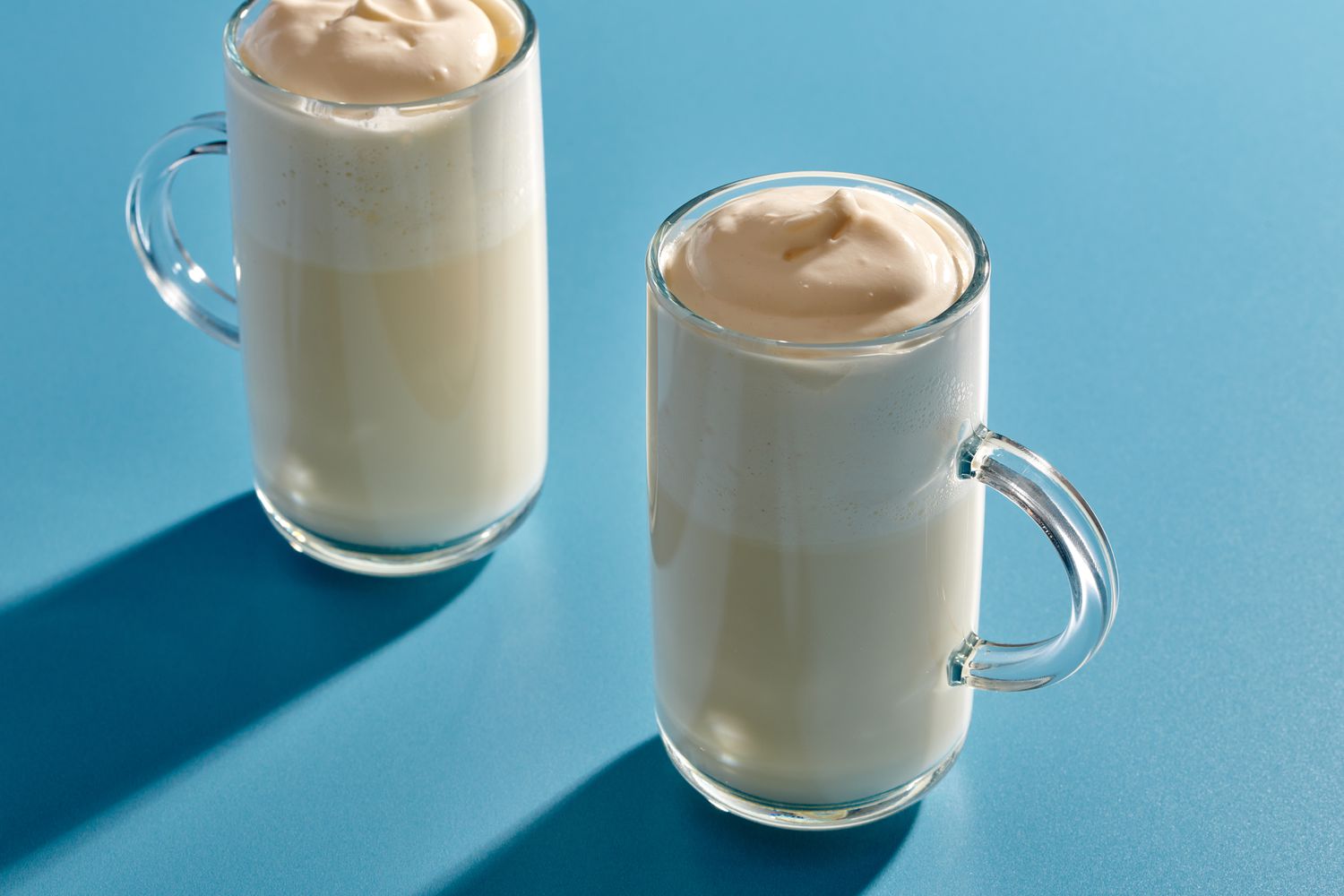
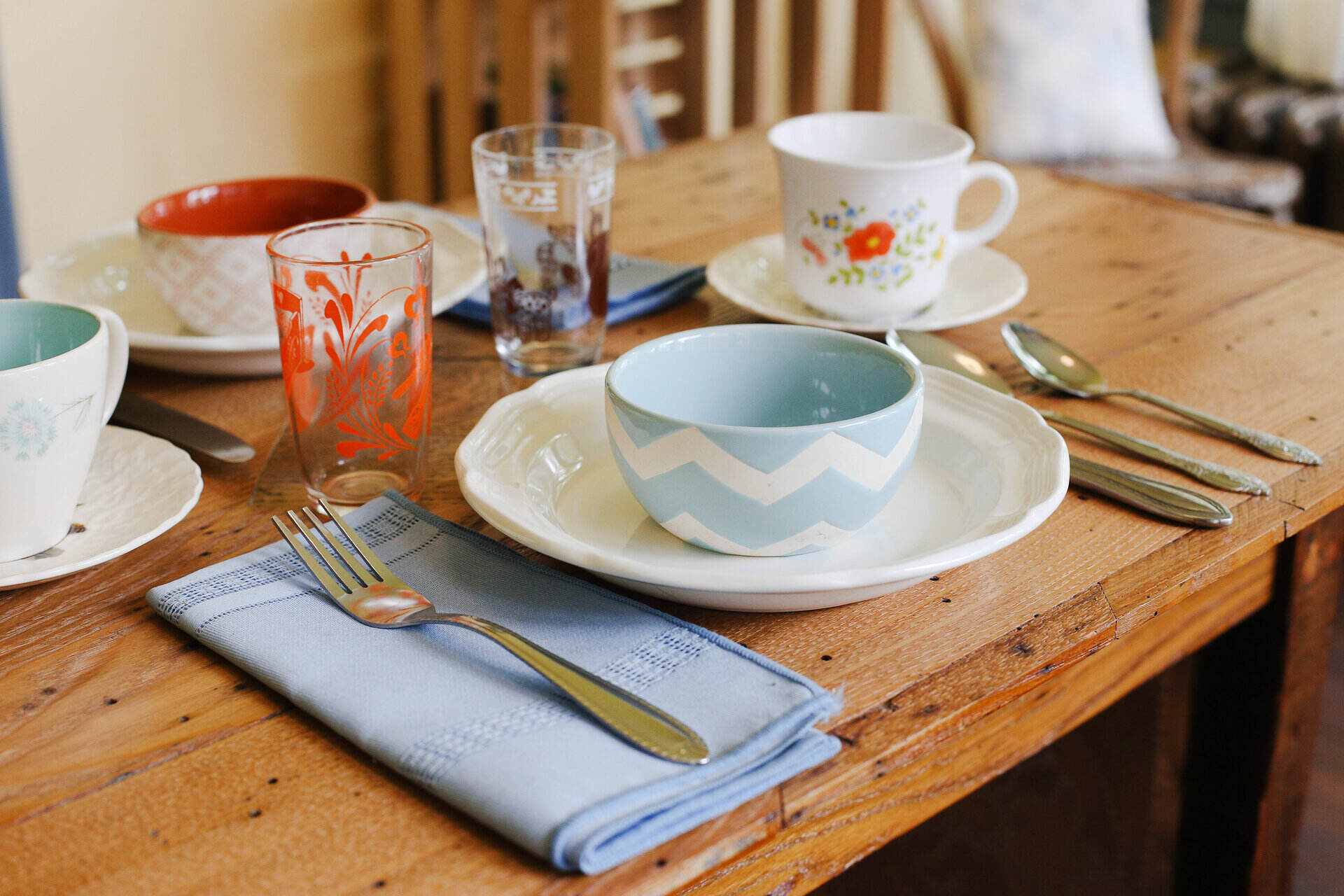
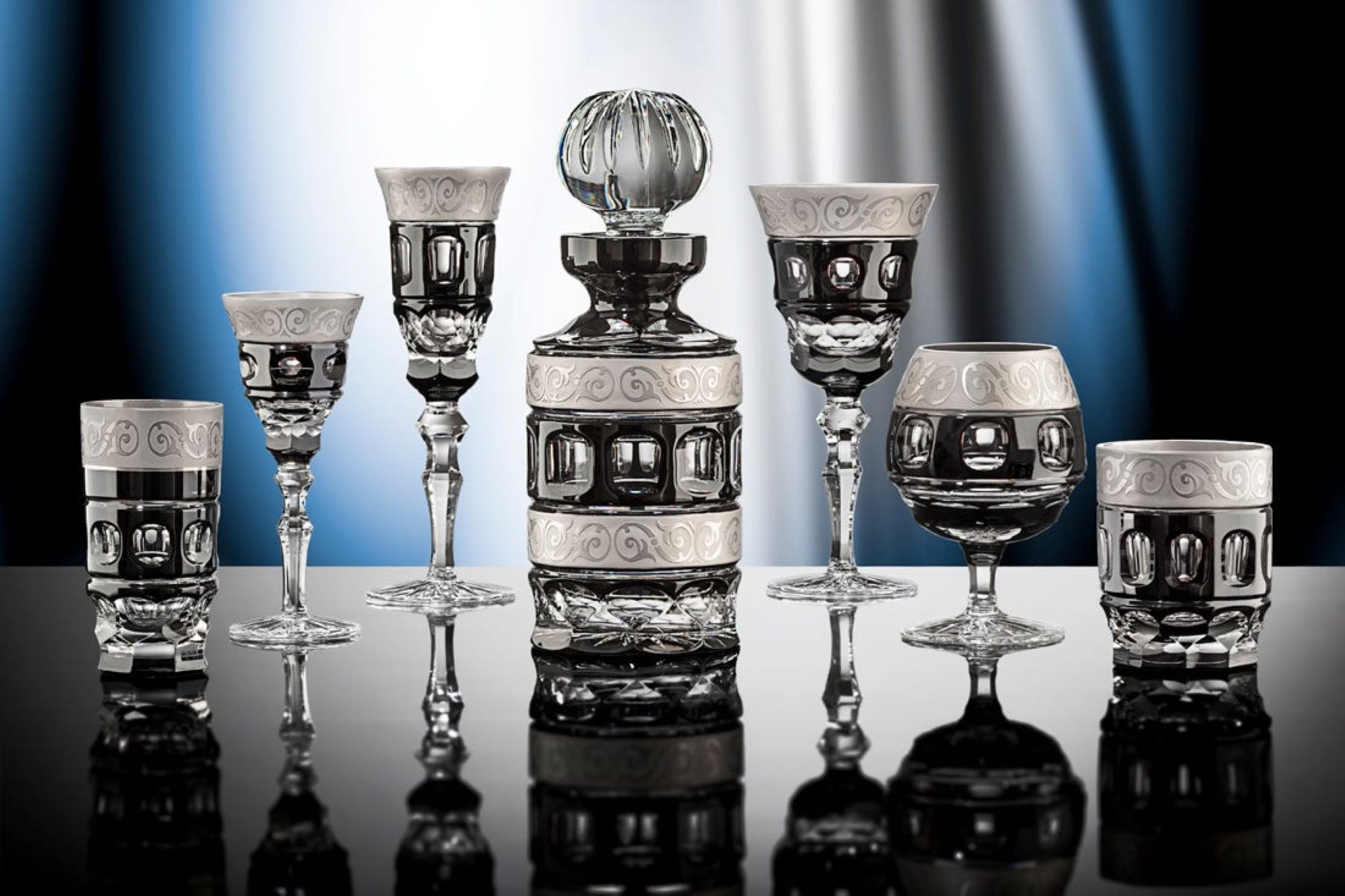

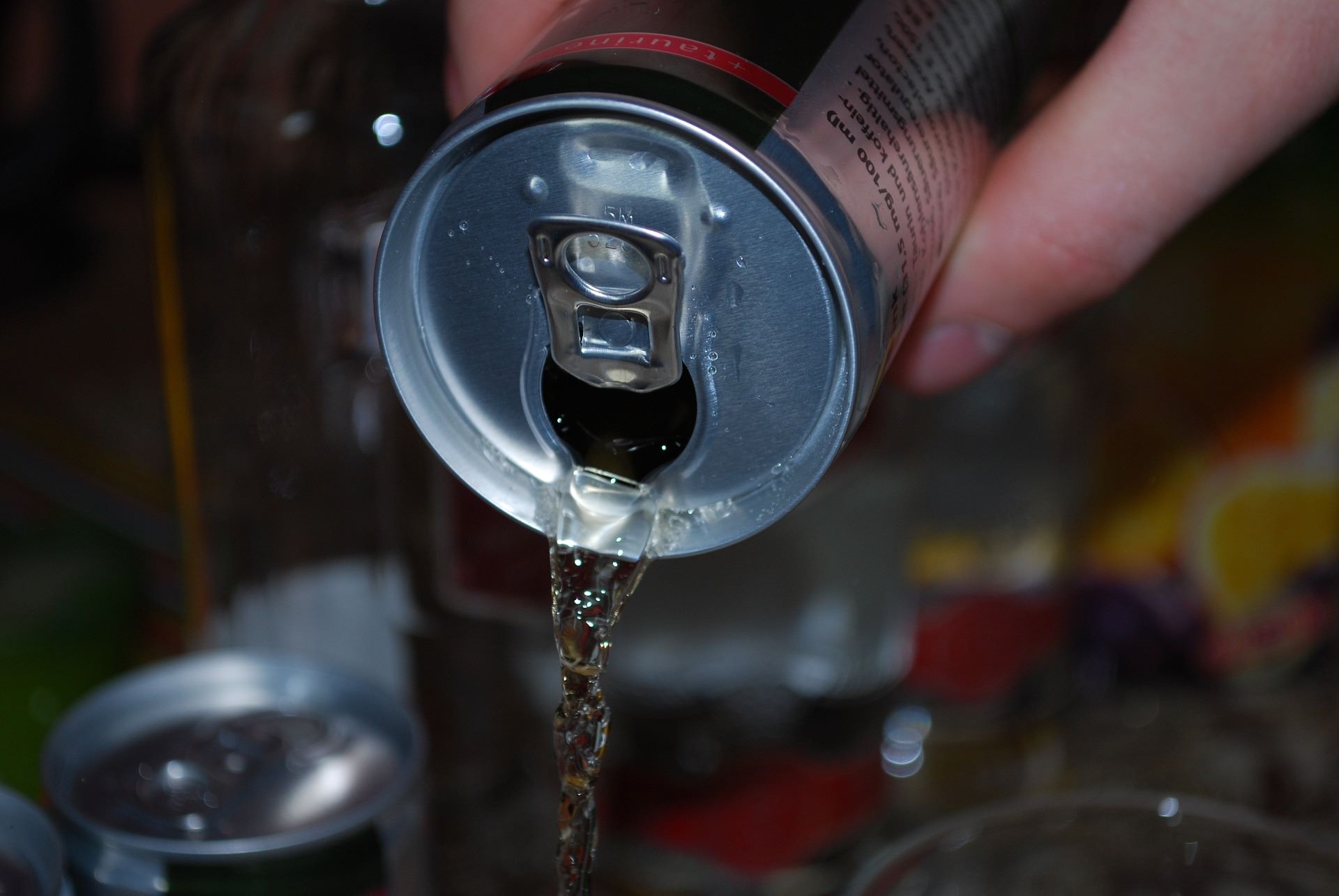
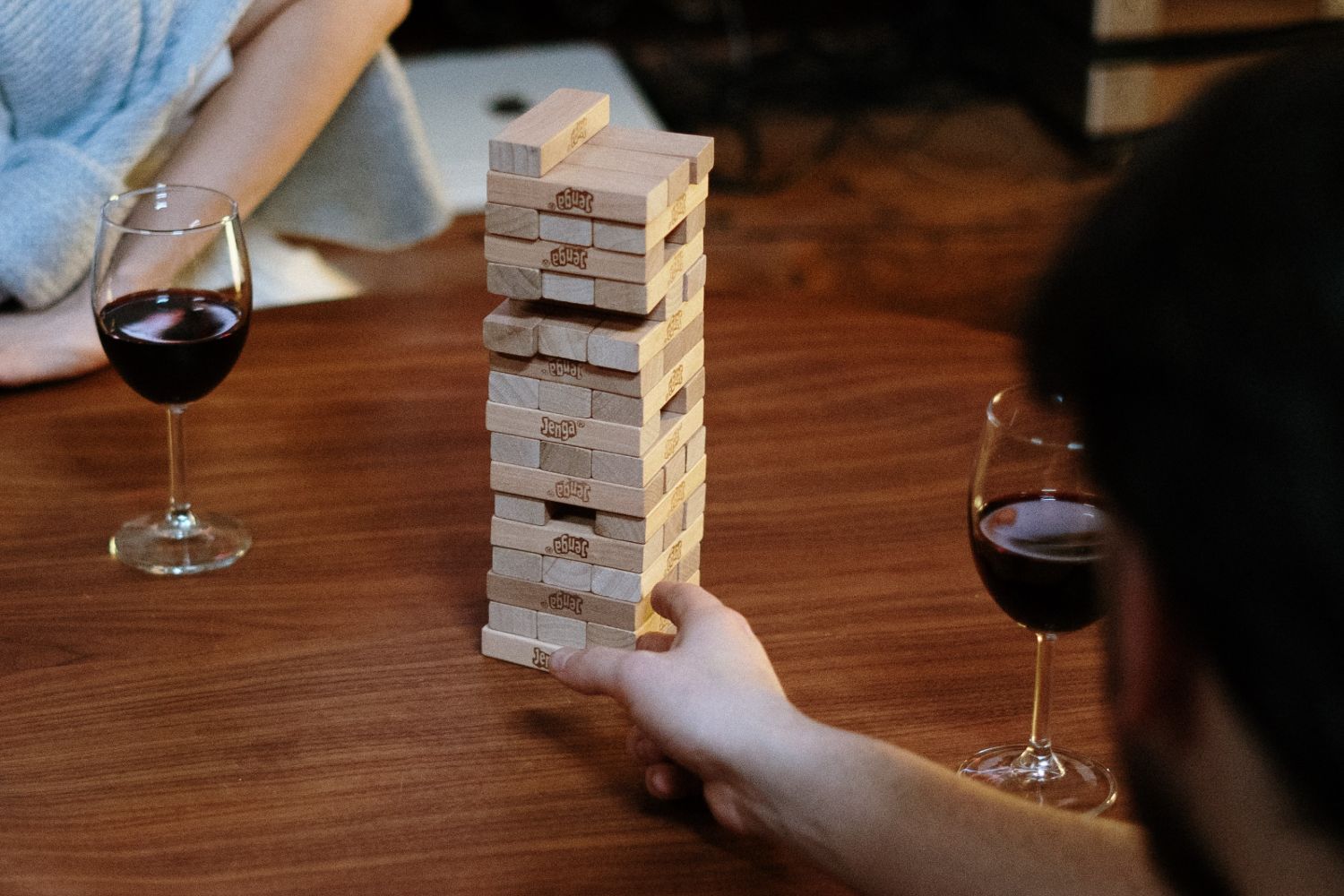
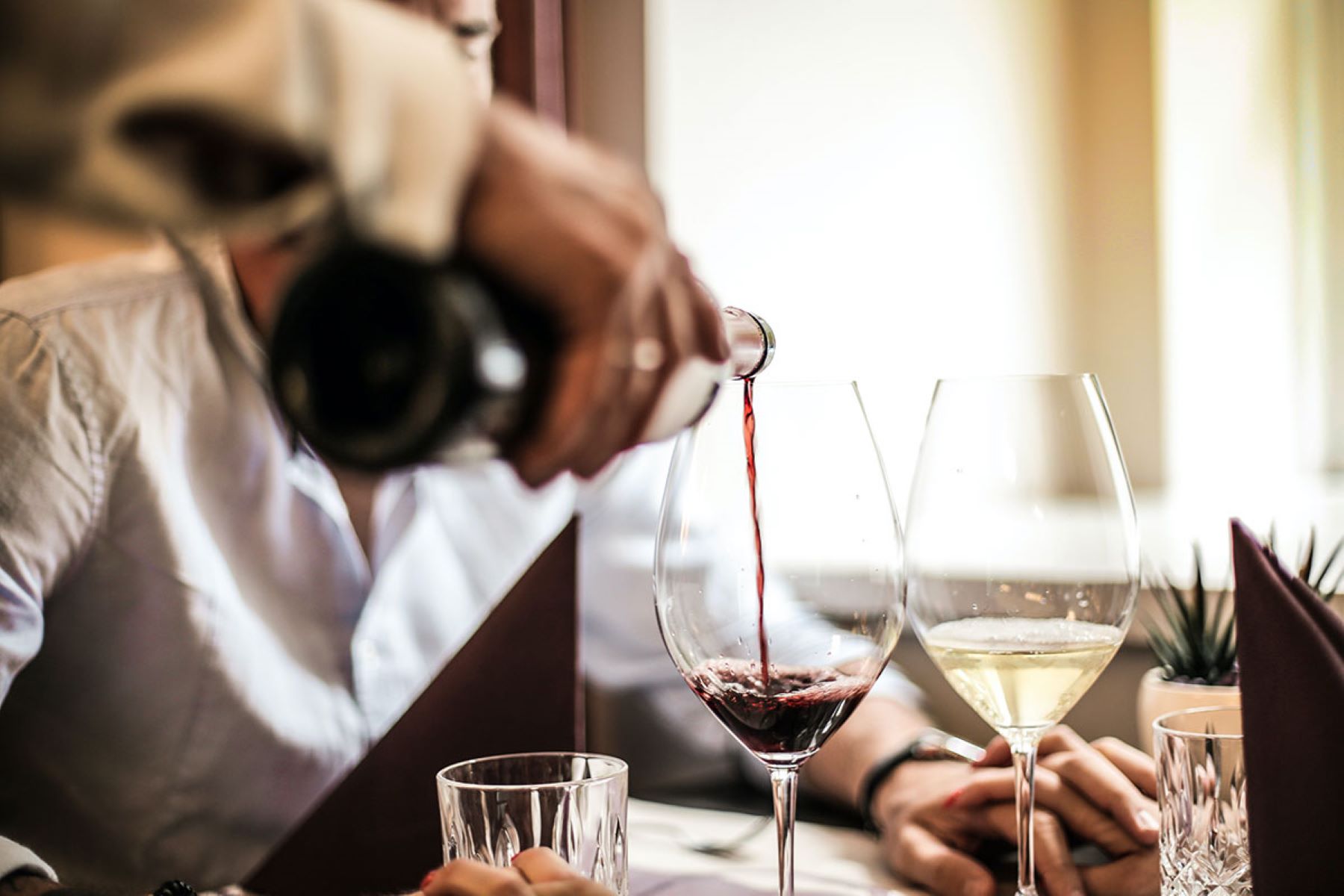
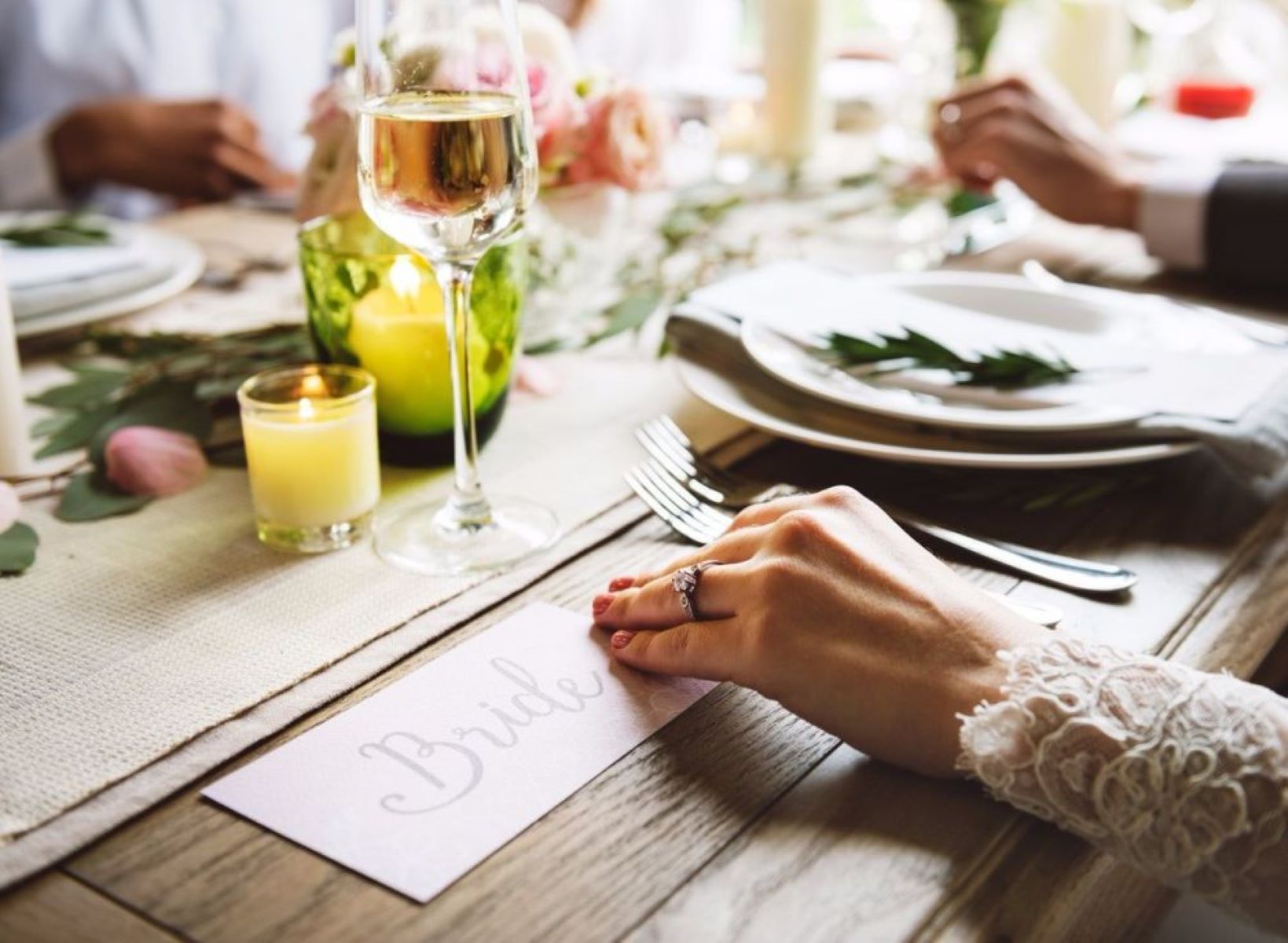

0 thoughts on “What Drinks Go In A Coupe Glass”